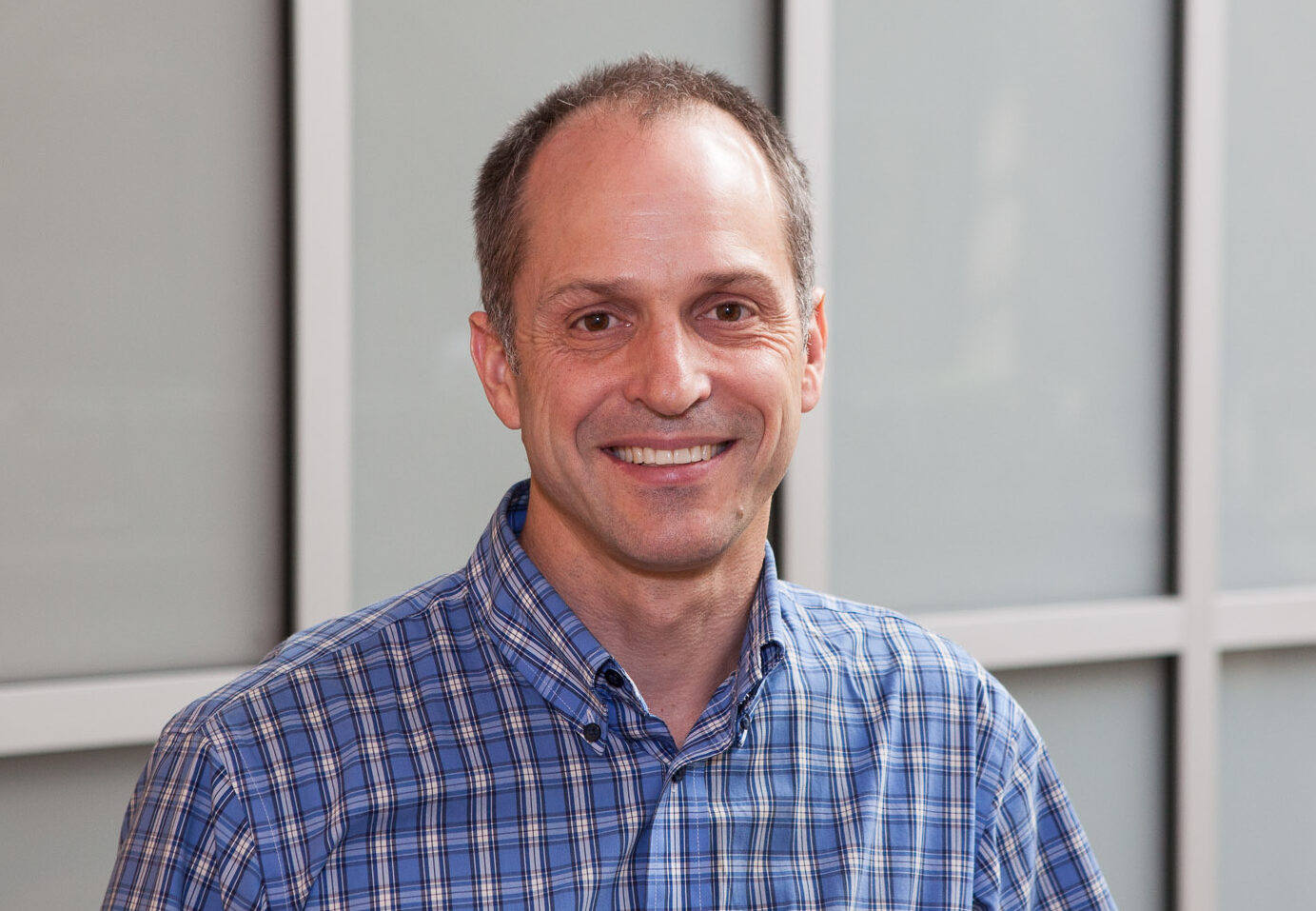From Lab Lessons to Life-Changing Therapies: Meet Dr. Stewart Fisher
Dr. Stewart Fisher is the newest member of our Board of Directors at Kapoose Creek Bio, bringing a wealth of experience from scientific leadership roles at C4 Therapeutics, the Broad Institute, and AstraZeneca. Holding a PhD from Caltech and post-doctoral training at Harvard Medical School, he is internationally recognized for his expertise in enzymology and medical chemistry, contributing to several first-in-class therapeutics.
With credentials like that, it’s no surprise that Dr. Fisher’s 25-year career has included some pretty standout moments, as well as one or two important shifts in perspective. We recently spoke with him, about the evolution of drug discovery, the lessons he’s learned along the way, and why making a difference for patients continues to inspire his work.

How has drug discovery and development changed over your 25-year career?
My former self would be in complete disbelief at the advancements made in the field over the past 25 years. Early on, the focus was on rational drug design, the idea that you could assemble a molecule piece by piece to create a drug. While there were some successes with this approach, biology proved to be far more complex than anyone expected. Today, we have advances such as AI, and innovations in cell painting and mass spectrometry, which allow us to analyze thousands of proteins and compounds at once. These tools are transforming the way we discover and understand new drugs, making the process more efficient and easing the workload for scientists.
Can you share a career experience that shaped your perspective on drug development?
One of my biggest learnings in drug development is that time is not always your friend. I learned this while working on a fascinating target early in my career, alongside a phenomenal team of colleagues. Together we essentially cracked the code of this target, and we were thrilled. We published our work in the top-tier journal Nature, had the number one science program across the company, and won numerous awards. All very rewarding. In the end, I spent a total of eight years on that target, trying to make a drug out of it. Yet ultimately, it didn’t translate into a real-world treatment.
The experience taught me that time is precious, and finding ways to translate compelling targets into compounds that can impact people’s lives – sooner – is paramount. I’ve been laser focused on patient impact ever since.
What new advances in drug development are you particularly excited about?
There’s been a lot of hype about artificial intelligence and machine learning, that’s for sure, and sometimes too much hype can be over the top. But I think we’ve finally got to a place where AI’s computational power is so much bigger than our individual brain power, which is truly remarkable. I really believe we can leverage these machines to our advantage, if we’re smart and thoughtful about it – making sure that the input into these machine learning algorithms is bona fide and robust.
Let’s talk about drug discovery from nature. What do you see as the biggest opportunities?
Many of the most impactful drugs on the market today have come from natural sources like bacteria and fungi, which abound in nature. But it’s not simply a matter of extracting drugs from the soil; rather, it’s about using modern technologies—such as high-throughput cell screening and advanced mass spectrometry—to refine natural molecules into safe and effective medicines. This is precisely the approach Kapoose Creek Bio is taking. By leveraging these methods, we can identify promising compounds from nature that have significant effects on disease-relevant cell types, even when the exact molecular targets are initially unknown.
What inspired you to join the Board of Kapoose Creek Bio?
I was truly impressed by the team’s thoughtful approach to the complex challenge of mining nature for new medicines. Eric (Brown) is a former colleague from Harvard Medical School, someone I greatly respect as a scientist, and he’s built an exceptionally strong team. By combining cutting-edge innovations like AI and phenotypic screening with a practical, rigorous mindset, the team is addressing the real-world obstacles in this field. The science is remarkably integrated, and I think the outside world has yet to see the full potential emerging here, which is very exciting. It’s great to be a part of it.


